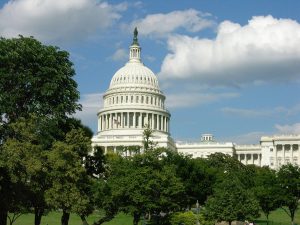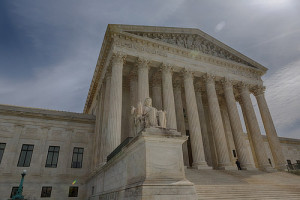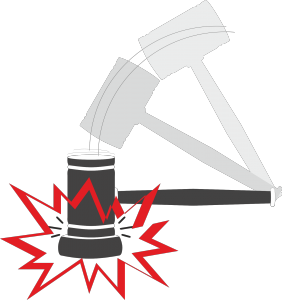Authors: Kristen Harris and Steven J. Cernak
As we covered earlier (see here and here), the recent U.S. House Judiciary Committee Majority Report on its Investigation into Digital Markets recommends that Congress override several classic antitrust cases. In particular, the Report recommends “clarifying that cases involving platforms do not require plaintiffs to establish harm to both sets of customers” by overriding Ohio v. American Express. While American Express is of more recent vintage than some of the other Report’s targets, overriding it would change drastically how courts view “platform markets” and, perhaps, competition generally.
Overview of platform markets
To begin, it is helpful to understand what a platform market is. A platform market—sometimes referred to as a two-sided market—is a market where a company’s product or service caters to two or more customer groups and intermediates between its customer groups to create value. Some well-known examples include telephones, Uber, shopping malls, and credit cards.
A key characteristic of platform markets is the existence of indirect network effects. In traditional markets, that is, non-platform markets, the value of the last unit consumed decreases. But in platform markets with indirect network effects, the value of the platform increases as more people consume it. For example, the value of a phone depends on how many other people have phones; if no one else had a phone the value to you would be close to zero. To connect an example to the American Express case, the value of a credit card to the cardholder increases when more merchants accept the card; if no merchant accepted your credit card, its value to you would likely be zero.
Platform markets also carry specific antitrust implications particularly when it comes to the plaintiff’s burden to define the relevant market. Due to the indirect network effects, a price increase (or net harm) to one customer group may correspond to a bigger price decrease (or net benefit) to the other customer group. Depending on whether both customer groups are considered in defining the relevant market, the defendant may or may not be found to have violated the antitrust laws.
Traditionally, plaintiffs have the burden of showing the challenged conduct causes harm to competition in a defined relevant market. If the plaintiff satisfies its prima facie burden, the burden shifts to the defendant to challenge the plaintiff’s market definition or to show efficiency justifications. As the reader may have guessed, this is where the Supreme Court’s American Express decision comes in.
American Express case
Initially, several states sued American Express and two other credit card companies alleging violations of Section 1 of the Sherman Act. American Express was the only defendant that did not settle. The states’ complaint alleged that a “non-discrimination provision” (NDP) in contracts between American Express and its participating merchants unreasonably restricted competition in violation of Section 1. The NDP prohibits merchants from directly or indirectly steering customers to use a particular card, such as Visa or MasterCard, when making a purchase.
The trial court found that platform markets comprise “at least two separate, yet deeply interrelated, markets” and concluded that the relevant market was the “network services market” on the merchant side of the platform and excluded the cardholders. The court found that American Express violated Section 1 because NDPs caused anticompetitive effects on interbrand competition and American Express’ procompetitive justifications did not outweigh the harm to competition.
American Express appealed the district court’s decision arguing that the court got the market definition analysis incorrect. The Second Circuit agreed with American Express, reversed the decision, and held that the court erred in defining the relevant market. Specifically, the court held that the plaintiffs failed to show that NDPs made “all American Express consumers on both sides of the platform . . . worse off overall” and thus failed to satisfy the plaintiff’s prima facie burden to show harm in a properly defined market.
Then, the plaintiffs petitioned the Supreme Court to reverse the Second Circuit.
The key issues before the Supreme Court were whether the relevant market in multi-sided markets should include all sides of the market and if so, whether plaintiffs are required to show net harm in the whole market as part of their prima facie case.
 The Antitrust Attorney Blog
The Antitrust Attorney Blog










